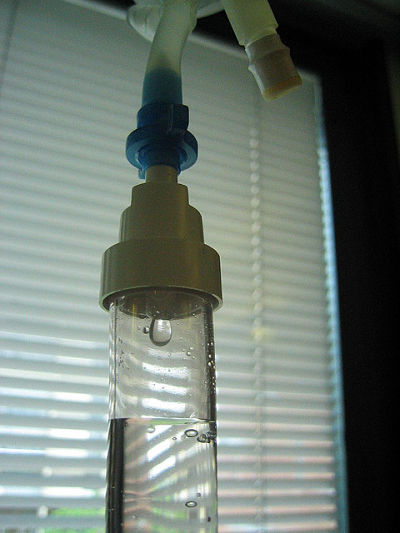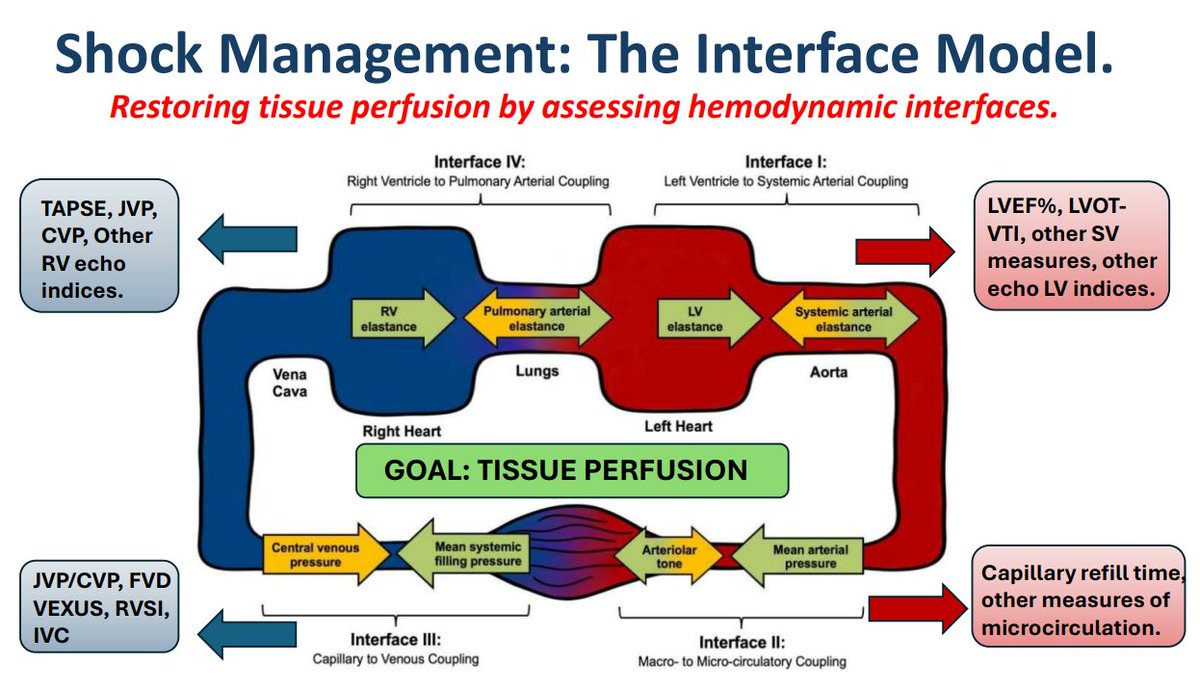Renal failure, also known as kidney failure, occurs when the kidneys lose their ability to effectively filter waste and maintain fluid, electrolyte, and acid-base balance. One of the most urgent and complex manifestations of renal failure is Acute Kidney Injury (AKI), a condition characterized by a rapid decline in renal function, typically developing over several days.
Historically referred to as acute renal failure, the term AKI now encompasses a broader spectrum of renal dysfunction, including more subtle declines in renal performance. Understanding the pathophysiology, types, and diagnostic markers of AKI is essential for early detection and management.
Types of AKI: Prerenal, Intrarenal, and Postrenal
AKI is classified into three major types based on the location of the underlying cause:
-
Prerenal AKI: Caused by factors that reduce blood flow to the kidneys, such as dehydration or heart failure.
-
Postrenal AKI: Caused by obstructions in the urinary tract, such as kidney stones or tumors.
-
Intrarenal AKI: Caused by direct damage to the renal tissue, which is the primary focus in most clinical discussions of renal failure.
Intrarenal AKI: A Deeper Dive
Intrarenal AKI can result from injury to the renal tubules, glomeruli, or interstitial tissue.
1. Acute Tubular Necrosis (ATN)
ATN is the most common form of intrarenal AKI and often results from ischemia or nephrotoxic injury. Ischemic ATN typically follows prerenal AKI, where reduced perfusion leads to necrosis of tubular epithelial cells. Nephrotoxic causes include medications like aminoglycosides, heavy metals, myoglobin from muscle injury, and contrast agents used in imaging.
These necrotic cells can slough off, obstructing the tubules and increasing internal pressure, leading to a reduced glomerular filtration rate (GFR). Clinically, this manifests as oliguria (low urine output), azotemia (accumulation of nitrogenous waste), hyperkalemia, and metabolic acidosis.
2. Glomerulonephritis (GN)
Glomerulonephritis involves inflammation of the glomeruli due to immune complex deposition. This activates the complement system and attracts immune cells, leading to damage of podocytes and increased glomerular permeability. Resultant symptoms include proteinuria, hematuria, edema, and hypertension. GN also reduces GFR and contributes to azotemia, worsening the overall picture of renal failure.
3. Acute Interstitial Nephritis (AIN)
AIN is an immune-mediated inflammation of the renal interstitium, frequently triggered by medications such as NSAIDs, penicillins, and diuretics. Patients often present with systemic symptoms like rash, fever, and eosinophiluria. If the offending drug is not withdrawn, AIN can progress to renal papillary necrosis, further compromising renal function.
Diagnosing Intrarenal AKI
Several laboratory markers help differentiate intrarenal AKI from other types of renal failure:
-
Urea :Creatinine Ratio: Often <15:1 in intrarenal AKI.
-
Urine Sodium: Typically >40 mEq/L.
-
Fractional Excretion of Sodium (FENa): Usually >2%.
-
Urine Osmolality: Falls below 350 mOsm/kg due to impaired reabsorption.
Conclusion
Intrarenal AKI represents a serious, multifaceted component of renal failure, arising from tubular necrosis, glomerular inflammation, or interstitial injury. Prompt recognition and management of the underlying causes—whether ischemic, toxic, or immune-mediated—can support renal recovery and improve patient outcomes.










